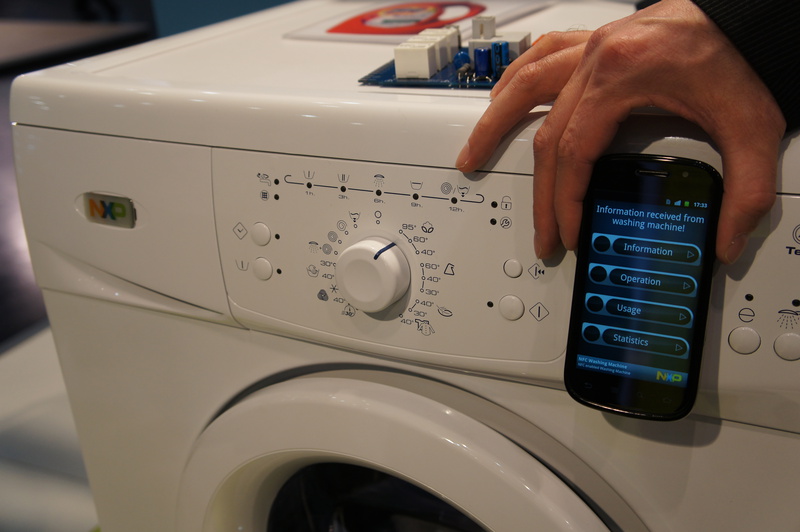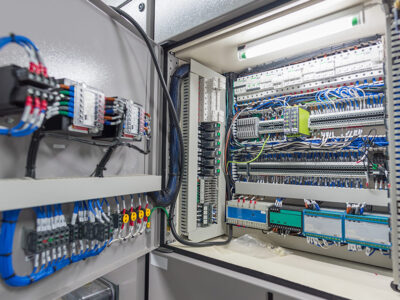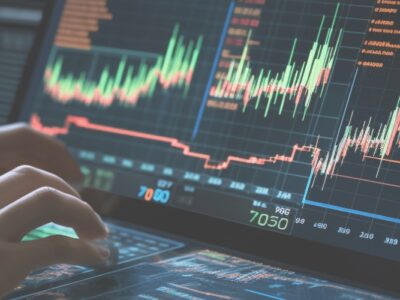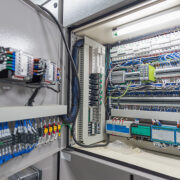
The first advancement in the laundry industry was the wooden rotary washing machine followed by the all-metal washers in the early 1900s. Since then, technological advancements are a little too many to list. These changes in the Girbau North America coin op laundry machines can be attributed to several factors such as changes in consumer preferences, climate change, population growth, pandemic, natural resource depletion, and technological advancements. All these factors have shown the need to have better and sustainable ways to get laundry done.
In this post, we look at how technology has improved the laundry industry.
Smart laundry equipment
Currently, laundry machines have advanced to the extent that they can be operated remotely through the Internet of Things (IoT). With the use of a Smartphone or voice command, this equipment can now send notifications to your phone when a cycle is finished, start the new wash and dry cycles, diagnose problems, and alter settings. These machines have now been redesigned to be gentler on linen fabrics. When compared to traditional versions, condensation-based models protect your linen from wear and tear while also being more efficient. Smart commercial laundry equipment also allows for easy tracking and analyzing of resource usage. This further allows one to measure the impact of the resource use on their business’s running cost. With such metrics, one can reduce the wastage of resources allowing a business to save on time and money.
Radio Frequency Identification (RFID)
RFID is a wireless system that consists of two parts: tags and readers. The reader is a device that emits radio waves and receives signals from the RFID tag using antennas. In the laundry industry, RFID chips are implanted in linen to track where items are going and to which stage of the washing cycle they should be directed. The RFID reader determines the type of fabric being scanned and sends it to the appropriate equipment. This speeds up the laundry process and gives one maximum control by allowing them to see where each piece of linen is.
Laundry management using technology
Business intelligence (BI) is a technology-based process for evaluating data and delivering relevant information to help business owners make better decisions. The laundry industry can now quantify its water and energy consumption thanks to business intelligence. This makes calculating expenses, finding operational savings, and improving laundry operations much easier. BI also offers Better Software Management Systems. These systems optimize washing loads, documenting wash load throughput, entering textile counts, and transport services. Such optimization allows businesses to provide a better customer-centric experience.
Eco-friendly operations
Over time, technology has enabled the designing of washing machines that are waterless and use less energy. These are aimed to tackle climate change and depletion of natural recourses. Additionally, technology has led to washing detergents being less harmful to the environment. Polymer beads are currently used in certain washing machine types. These soapy solutions are mixed with a small amount of water and a particular detergent to provide a more effective and gentler cleaning approach. These beads are also recyclable which reduces the amounts of chemicals being released into waterways and fewer resources are used to make them.
Technological changes including smart laundry equipment, Radio Frequency Identification, and eco-friendly solution are continuously making the laundry business more sustainable and efficient.









